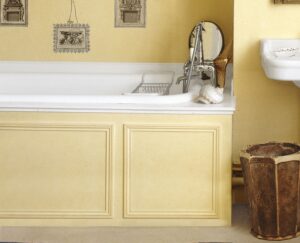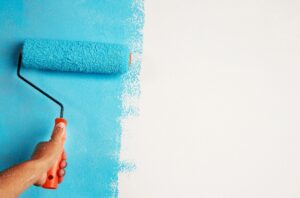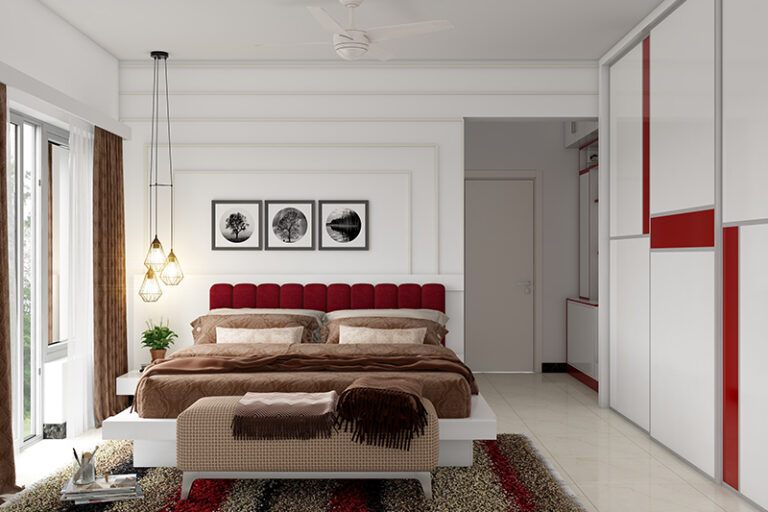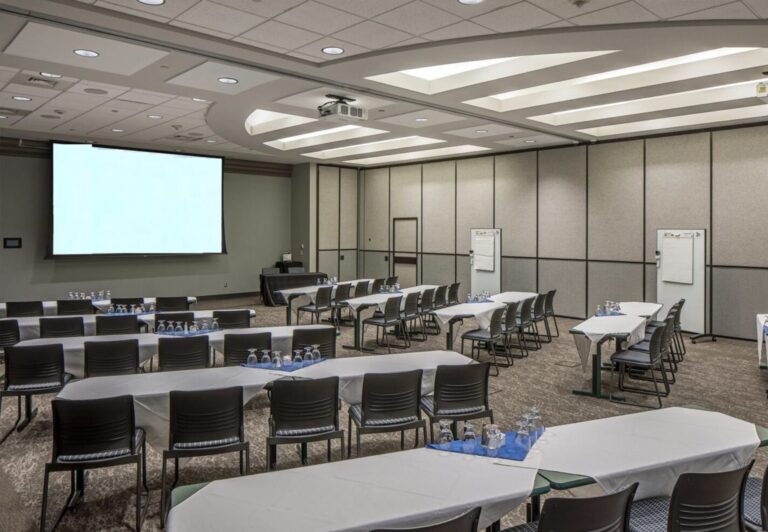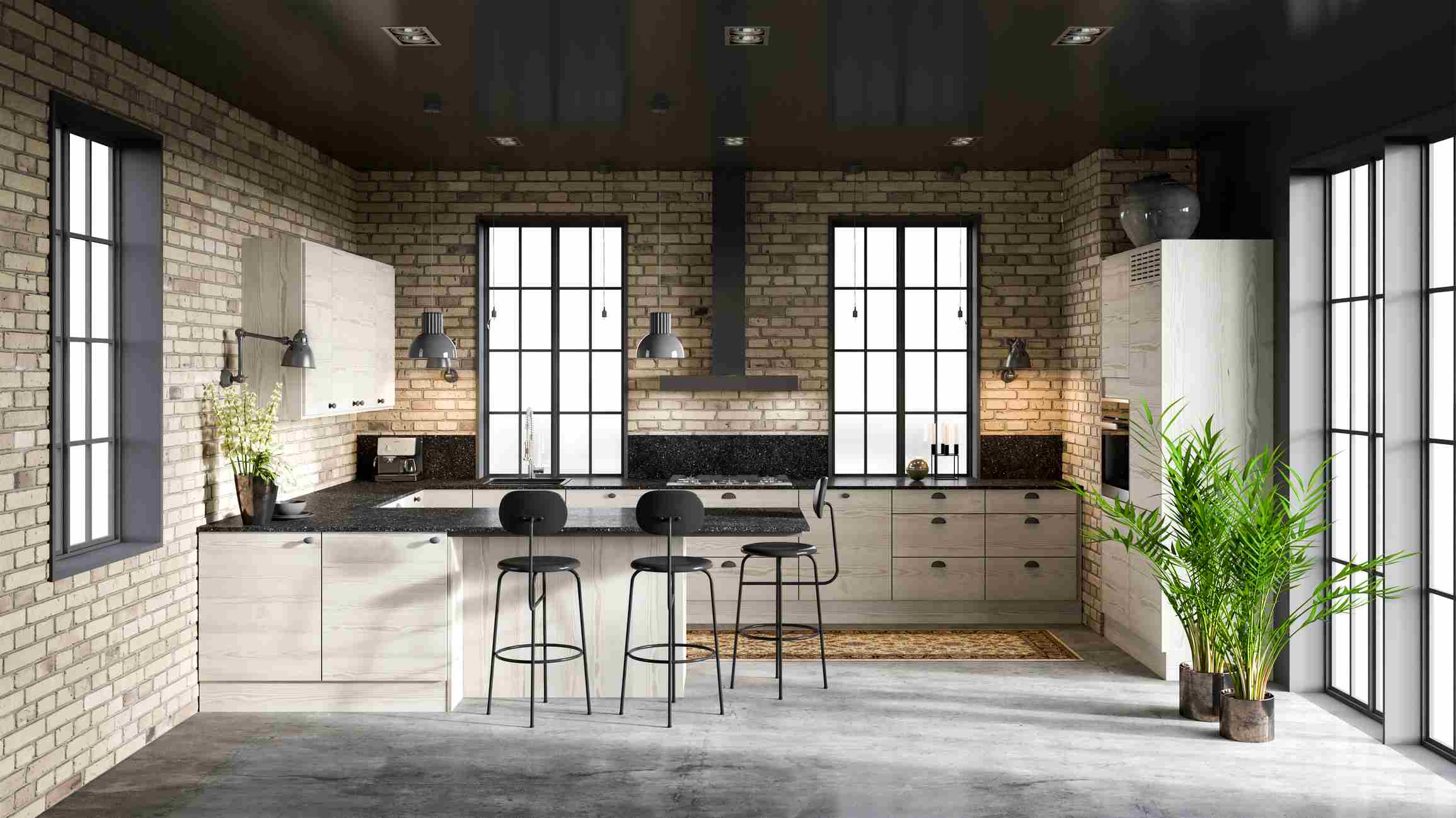
They are contemporary, durable, and simple to maintain. Industrial floors are highly popular right now and have become a viable option for the entire house. Find out which materials are the best.
They were popular as a result of the industrial style’s infiltration into interior design, and they have stayed with us on their own merits. They are now multifunctional and beautiful, and they can adapt to a variety of surroundings. Explore the appeal of industrial flooring.
Industrial floors may remind you of those diaphanous lofts from decades ago. It was in these areas that cement and concrete flooring first appeared. Things have changed since then. They are no longer as primitive and necessary, and new options have evolved that make them cheaper for various sorts of homes.
As a result, we now find industrial flooring in Nordic-style homes, rustic country settings, and minimalist living rooms with a contemporary feel.
The Continuity of Industrial Flooring
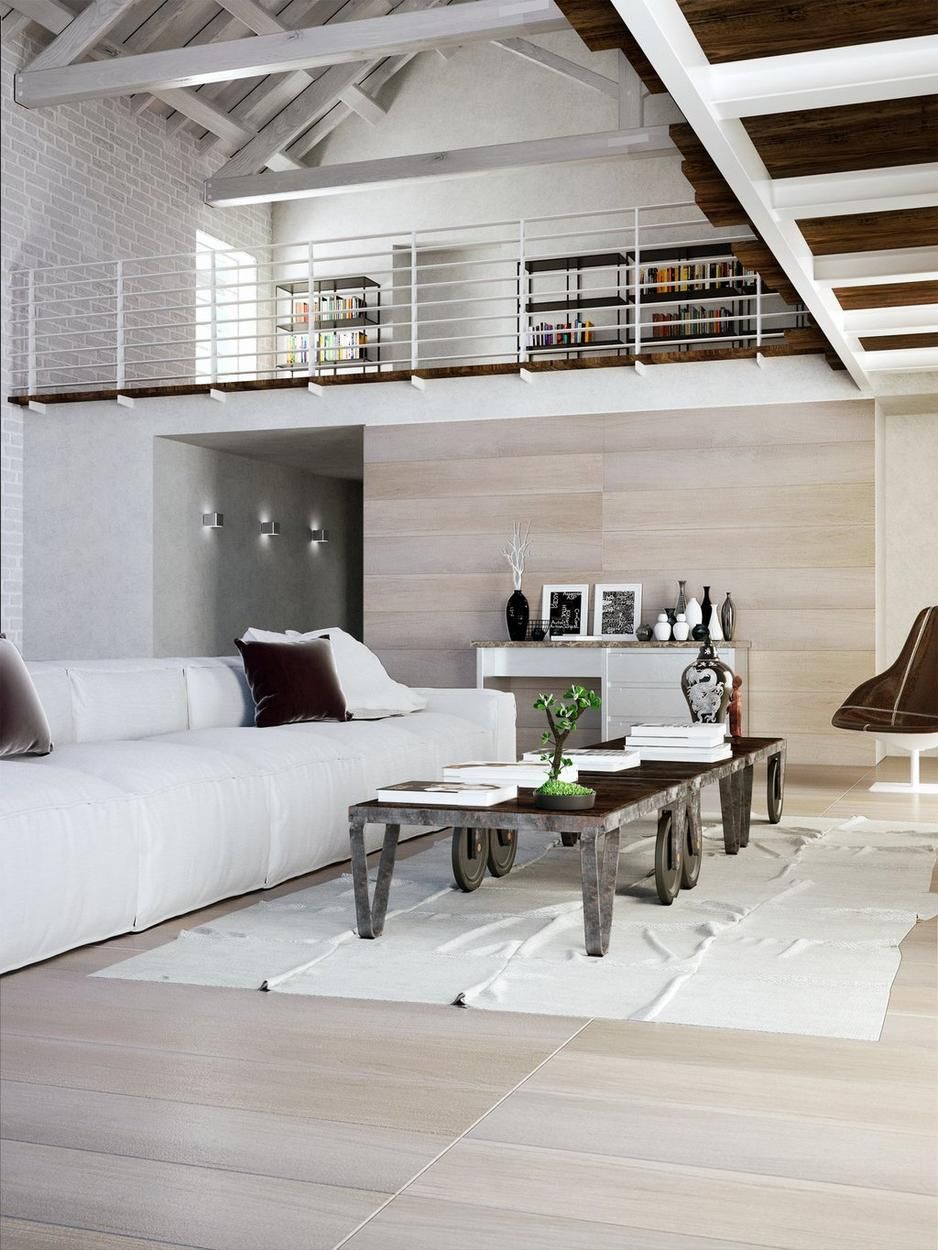
One of its key advantages is that they are continuous floors with no joints (at least the vast majority of them). And why would you deny it? That appeals to us greatly. A seamless floor with no divisions is quite appealing and gives the impression of space.
The absence of separation joints also makes the floors much cleaner and easier to maintain. The dirt does not collect in nooks and crannies, which is a benefit.
Essential and Authentic
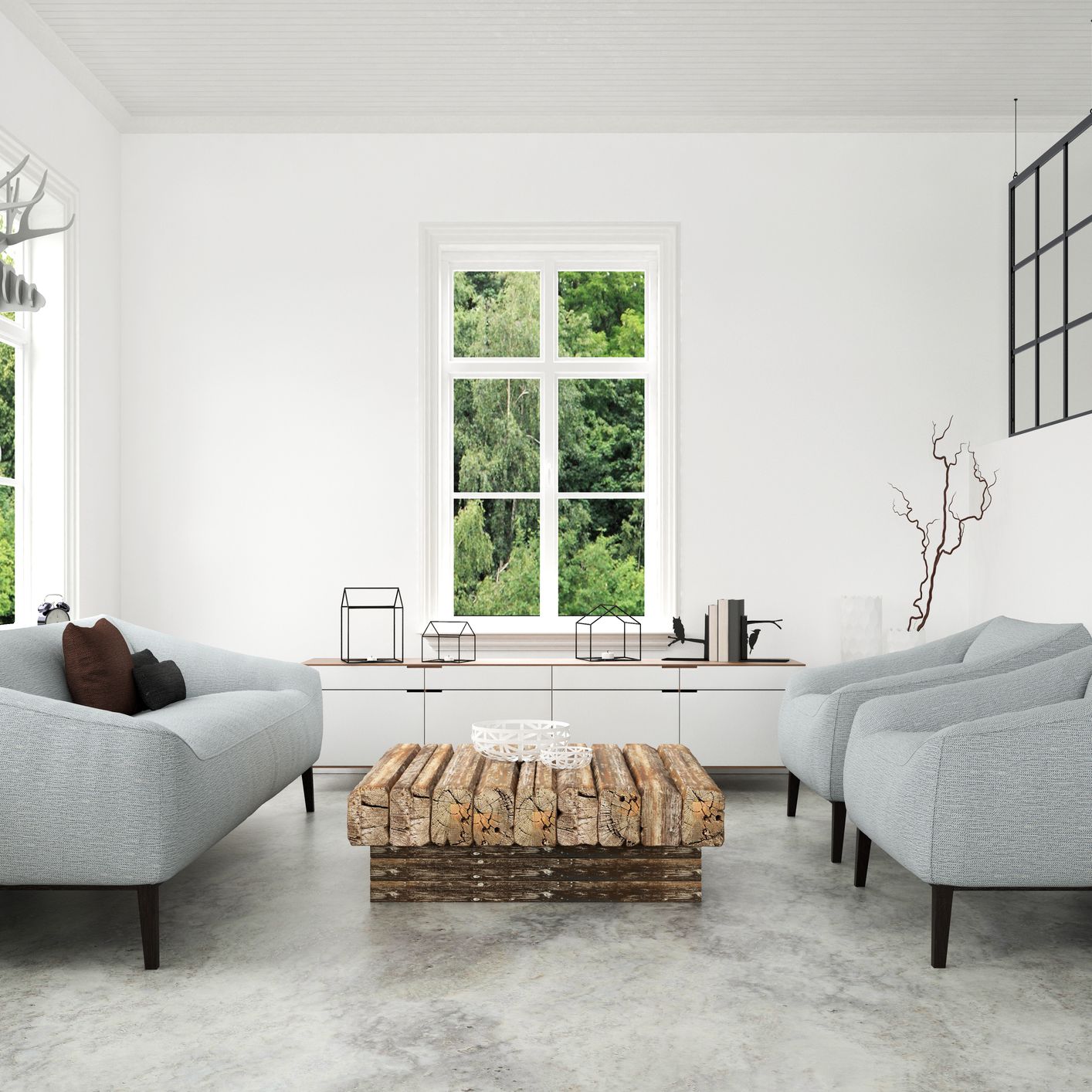
Concrete was undoubtedly one of the first flooring materials utilized in homes. It was a concrete floor with a specific thickness (at least 8 cm) that was then lightly polished.
It’s a material with a distinct industrial feel to it, and while there aren’t many, it does require some expansion joints to resist movement (every 4.5 m 2 approximately). One of its benefits is that it is a very inexpensive substance.
The Regular Finish of Polished Cement
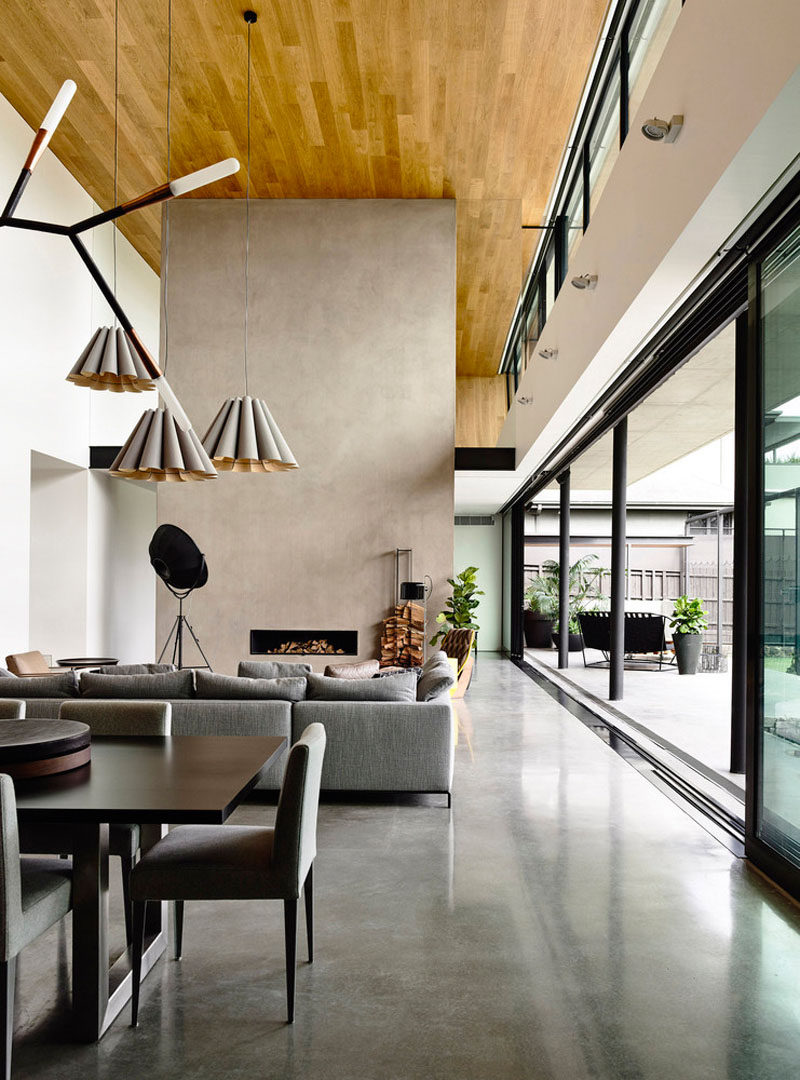
Polished cement isn’t a new material; it’s been around for a long time as an industrial floor covering, but it hasn’t lost any of its modernity. It continues to win because of its many qualities: it is durable, attractive, and does not require expansion joints.
It is made out of a variety of elements, including cement, fine sand, resins, and natural colors. In reality, there is a wide range of colors to choose from.
Apart from the fact that joints can be totally eliminated, one of the things I enjoy about polished cement is the uniform and consistent quality that this sort of flooring achieves. A unique solution that is ideal for all types of environments, regardless of their decorative style.
Microcement, for Interior and Exterior
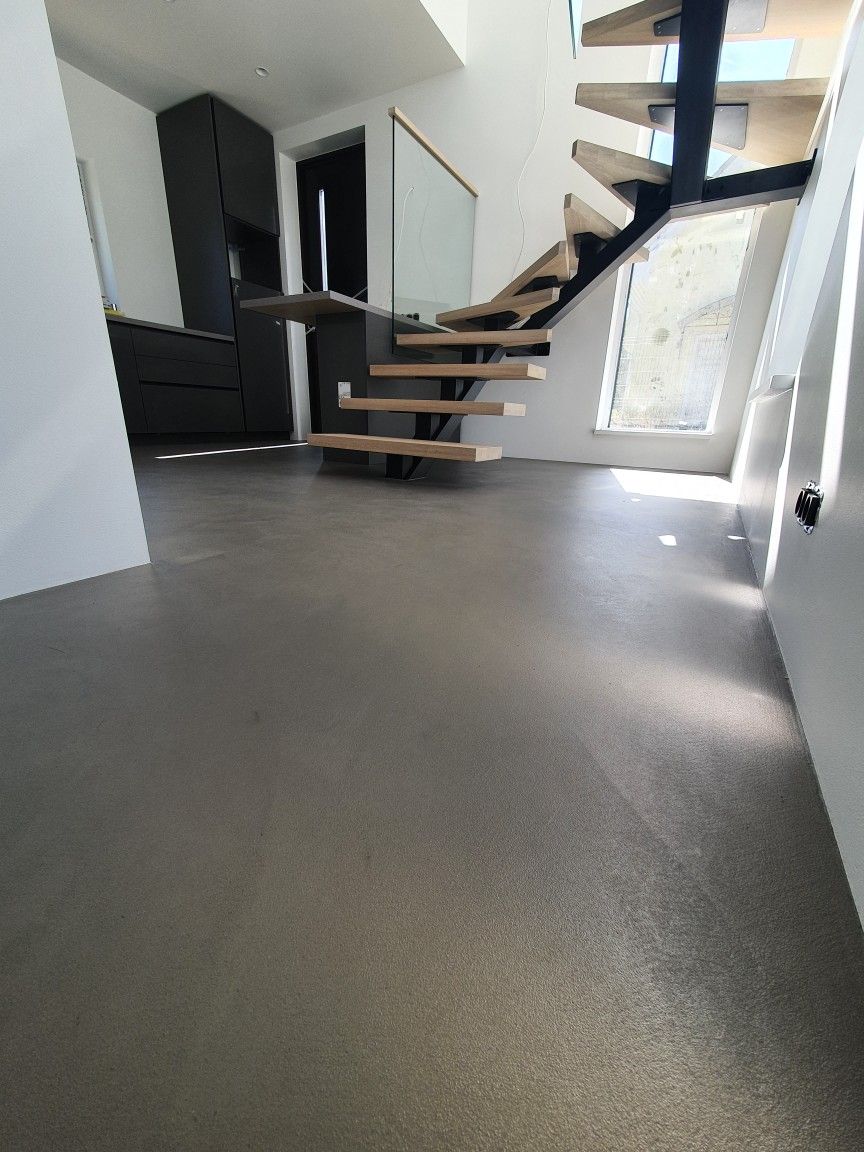
Microcement pavements are unique, despite their resemblance to polished cement industrial floors. It’s a composite material made by combining cement derivatives with resins and polymers. As a result, the flooring is durable and suited for both indoor and outdoor use.
When it comes to installing them in a certain location, they are simple and quick. They do not require expansion joints since they do not respond to temperature fluctuations and do not expand or contract, which is a benefit. They require a reinforcing mesh to act as a support before the Microcement layer is applied. In the end, a waterproofing finish coat is applied.
Depending on whether it is an interior or exterior floor, there are different varieties of Microcement with a more or less smooth texture. You can also select from a wide range of colors and a non-slip coating (particularly suitable for outdoor areas).
In terms of maintenance, we can state that this sort of industrial flooring is tough, albeit it does scratch with wear. Minor imperfections can be fixed, but the floor will eventually need to be polished and sealed again.
Epoxy Resin, A Universe of Possibilities
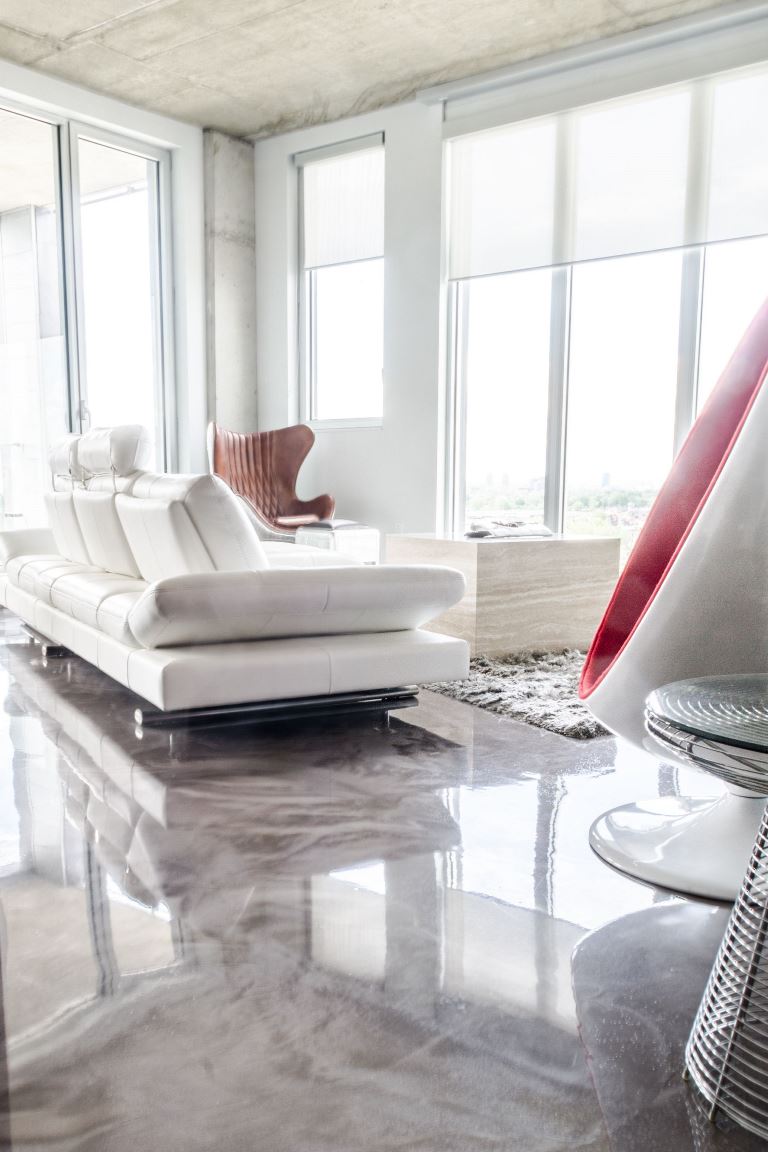
In regular homes, this style of pavement is uncommon. It is, nonetheless, one of today’s most startling industrial floors. It’s made up of a thermostable polymer (one that can survive temperature fluctuations well) and a catalyst. The result is a floor with exceptional hardness and resilience that also lacks expansion joints, making it fully seamless.
Because it is totally waterproof, it is ideal for wet environments such as kitchens and baths. There are a variety of colors and finishes to select from, including matte and gloss.
Industrial floors, as you can see, open up a whole world of aesthetic options, both indoors and out, on the terrace or in the garden. What is your preferred medium?



